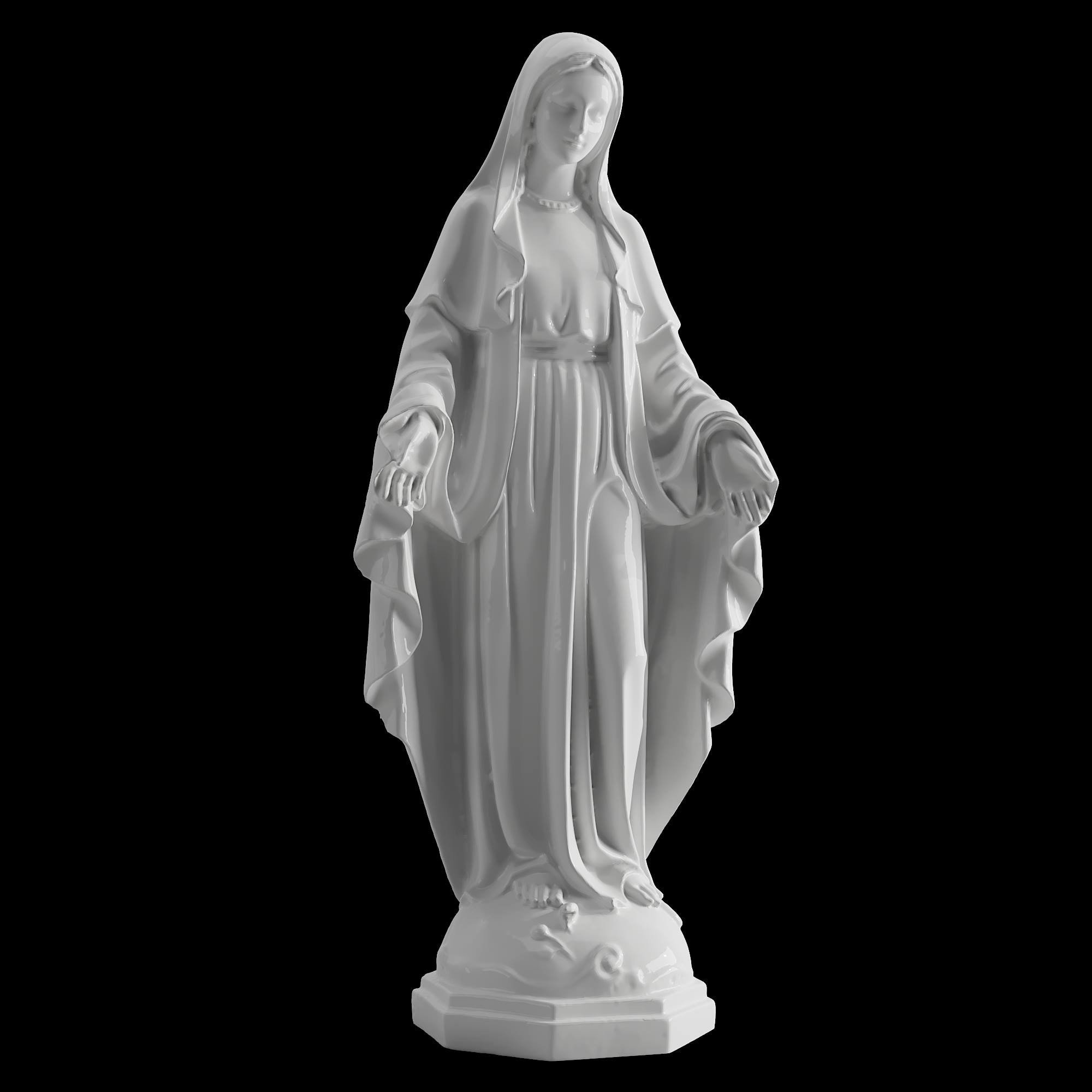## The Modern Bag: A Design Exploration
The modern bag is more than just a functional accessory. It's a statement piece, a reflection of personal style, and a symbol of individual expression. This design exploration delves into the key elements that define the modern bag, highlighting its evolution, trends, and the potential for innovative and sustainable design solutions.
Part 1: Evolution and Trends
The history of the bag is deeply intertwined with human civilization. From ancient baskets and pouches to the elaborate handbags of the Victorian era, bags have played a vital role in our lives. Technological advancements and changing social norms have dramatically impacted the design of the modern bag.
The rise of minimalism: In a world saturated with information and visual stimuli, the minimalist aesthetic has gained immense popularity. Clean lines, geometric shapes, and neutral color palettes are the hallmarks of the minimalist bag. This trend favors functional simplicity over excessive ornamentation.
Sustainable materials: With increasing environmental consciousness, eco-friendly and sustainable materials are gaining traction in the fashion industry. Recycled plastic, organic cotton, and plant-based leather are finding their way into the modern bag's design.
Functional innovation: Modern bags are designed to meet the demands of a fast-paced and mobile lifestyle. Features like built-in charging ports, integrated RFID blocking, and water-resistant materials are becoming increasingly common.
Personalization: The modern bag allows for individual expression through customizable features and unique designs. Embroidered logos, monogrammed initials, and changeable straps empower consumers to personalize their bags and make them truly their own.
Part 2: Design Principles
Form and Function:
The design of a modern bag must strike a balance between aesthetics and practicality. It needs to be visually appealing, durable, and adaptable to various situations. Ergonomics plays a crucial role in ensuring comfort and ease of use. The shape and size of the bag should cater to the user's needs and intended use.
Materials and Craftsmanship:
The choice of materials is fundamental in defining the character of a bag. Leather, canvas, nylon, and synthetic fabrics each offer distinct properties in terms of durability, texture, and aesthetic appeal. The craftsmanship employed in constructing the bag is equally essential. Stitching, hardware details, and finishing touches all contribute to the overall quality and perceived value.
Color and Texture:
Color plays a significant role in defining the mood and personality of a bag. Bold hues can make a statement, while neutral shades offer timeless versatility. Textures add another layer of complexity and depth. Embossed patterns, woven textures, and unique finishes contribute to the tactile experience of using the bag.
Part 3: The Modern Bag: A 3D Model
The creation of a 3D model of a modern bag allows designers to visualize and iterate their ideas quickly and efficiently. 3D modeling software enables the exploration of various shapes, sizes, materials, and textures. The process starts with concept sketches and evolves into detailed 3D representations, incorporating realistic materials, lighting, and textures.
Benefits of 3D modeling:
* Visualization: 3D models bring designs to life, providing a clear and immersive view of the final product.
* Iteration: Design changes can be made and evaluated easily in the digital environment, streamlining the design process.
* Communication: 3D models facilitate effective communication with clients, manufacturers, and other stakeholders.
* Prototype creation: 3D models can be used to create accurate prototypes, reducing the need for expensive physical prototypes.
Part 4: Design Considerations for a Modern Bag
Target Audience:
Understanding the target audience is crucial in defining the design direction of a modern bag. Age, lifestyle, style preferences, and budget are all important factors to consider.
Functionality:
The purpose of the bag will determine its features and design. A briefcase will have different requirements than a travel backpack or a clutch bag.
Sustainability:
Environmental responsibility is increasingly important in the fashion industry. Sustainable materials, ethical manufacturing practices, and reduced packaging are essential considerations for a modern bag.
Innovation:
The modern bag offers ample opportunities for innovative design solutions. Integrating technology, incorporating unique materials, and exploring unconventional shapes can all contribute to creating a truly unique and desirable product.
Part 5: Conclusion
The modern bag is a dynamic and ever-evolving product. It reflects the changing needs and desires of consumers while incorporating technological advancements and sustainable design principles. By understanding the key elements that define the modern bag, designers can create products that are both aesthetically pleasing and functionally innovative. The 3D model serves as a powerful tool for visualizing, iterating, and communicating design ideas, paving the way for future innovation in the world of bags.




















Comment (0)